This interior maturity and spiritual greatness in suffering are certainly the result of a particular conversion and cooperation with the grace of the Crucified Redeemer. It is he himself who acts at the heart of human sufferings through his
Spirit of truth, through the consoling Spirit. It is he who transforms, in a certain sense, the very substance of the spiritual life, indicating for the person who suffers a place close to himself. It is he – the as the interior Master and Guide – who reveals to the suffering brother and sister this wonderful interchange, situated at the very heart of the mystery of the Redemption. Suffering is, in itself, an experience of evil. But Christ has made suffering the firmest basis of the definitive good, namely the good of eternal salvation. By his suffering on the Cross, Christ reached the very roots of evil, of sin and death. He conquered the author of evil, Satan, and his permanent rebellion against the Creator. To the suffering brother or sister Christ discloses and gradually reveals the horizons of the Kingdom of God: the horizons of a world converted to the Creator, of a world free from sin, a world being built on the saving power of love. And slowly but effectively, Christ leads into this world, into this Kingdom of the Father, suffering man, in a certain sense through the very heart of his suffering. For suffering cannot be transformed and changed by a grace from outside, but from within. And Christ through his own salvific suffering is very much present in every human suffering, and can act from within that suffering by the powers of his Spirit of truth, his consoling Spirit.
This is not all: the Divine Redeemer wishes to penetrate the soul of every sufferer through the heart of his holy Mother, the first and the most exalted of all the redeemed. As though by a continuation of that motherhood which by the power of the Holy Spirit had given him life, the dying Christ conferred upon the ever Virgin Mary a new kind of motherhood – spiritual and universal– towards all human beings, so that every individual, during the pilgrimage of faith, might remain, together with her, closely united to him unto the Cross, and so that every form of suffering, given fresh life by the power of this Cross, should become no longer the weakness of man but the power of God.
However, this interior process does not always follow the same pattern. It often begins and is set in motion with great difficulty. Even the very point of departure differs: people react to suffering in different ways. But in general it can be said that almost always the individual enters suffering with a typically human protest and with the question “why“. He asks the meaning of his suffering and seeks an answer to this question on the human level. Certainly he often puts this question to God, and to Christ. Furthermore, he cannot help noticing that the one to whom he puts the question is himself suffering and wishes to answer him from the Cross, from the heart of his own suffering. Nevertheless, it often takes time, even a long time, for this answer to begin to be interiorly perceived. For Christ does not answer directly and he does not answer in the abstract this human questioning about the meaning of suffering. Man hears Christ’s saving answer as he himself gradually becomes a sharer in the sufferings of Christ.
The answer which comes through this sharing, by way of the interior encounter with the Master, is in itself something more than the mere abstract answer to the question about the meaning of suffering. For it is above all a call. It is a vocation. Christ does not explain in the abstract the reasons for suffering, but before all else he says: “Follow me!”. Come! Take part through your suffering in this work of saving the world, a salvation achieved through my suffering! Through my Cross. Gradually, as the individual takes up his cross, spiritually uniting himself to the Cross of Christ, the salvific meaning of suffering is revealed before him. He does not discover this meaning at his own human level, but at the level of the suffering of Christ. At the same time, however, from this level of Christ the salvific meaning of suffering descends to man’s level and becomes, in a sense, the individual’s personal response. It is then that man finds in his suffering interior peace and even spiritual joy.
Saint Paul speaks of such joy in the Letter to the Colossians: “I rejoice in my sufferings for your sake”(88). A source of joy is found in the overcoming of the sense of the uselessness of suffering, a feeling that is sometimes very strongly rooted in human suffering. This feeling not only consumes the person interiorly, but seems to make him a burden to others. The person feels condemned to receive help and assistance from others, and at the same time seems useless to himself. The discovery of the salvific meaning of suffering in union with Christ transforms this depressing feeling. Faith in sharing in the suffering of Christ brings with it the interior certainty that the suffering person “completes what is lacking in Christ’s
afflictions”; the certainty that in the spiritual dimension of the work of Redemption he is serving, like Christ, the salvation of his brothers and sisters. Therefore he is carrying out an irreplaceable service. In the Body of Christ, which is ceaselessly born of the Cross of the Redeemer, it is precisely suffering permeated by the spirit of Christ’s sacrifice that is the irreplaceable mediator and author of the good things which are indispensable for the world’s salvation. It is suffering, more than anything else, which clears the way for the grace which transforms human souls. Suffering, more than anything else, makes present in the history of humanity the powers of the Redemption. In that “cosmic” struggle between the spiritual powers of good and evil, spoken of in the Letter to the Ephesians(89), human sufferings, united to the redemptive suffering of Christ, constitute a special support for the powers of good, and open the way to the victory of these salvific powers.
Together with Mary, Mother of Christ, who stood beneath the Cross(103),we pause beside all the crosses of contemporary man.
We invoke all the Saints, who down the centuries in a special way shared in the suffering of Christ. We ask them to support us.
And we ask all you who suffer to support us. We ask precisely you who are weak to become a source of strength for the Church and humanity. In the terrible battle between the forces of good and evil, revealed to our eyes by our modern world, may your suffering in union with the Cross of Christ be victorious!
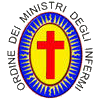



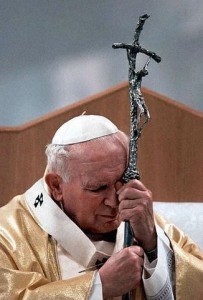
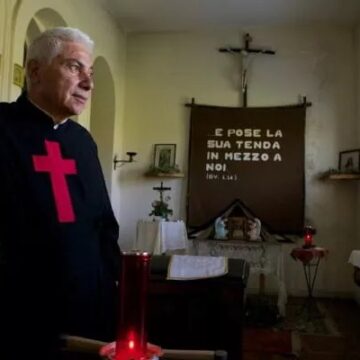

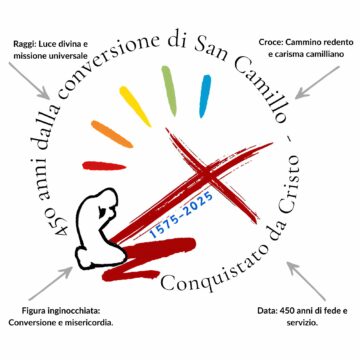


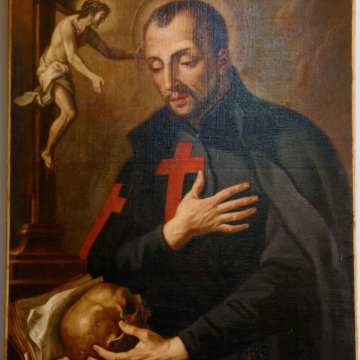
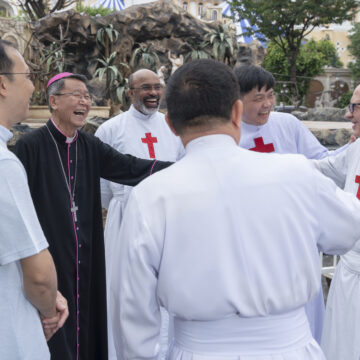

Camillians on Facebook
Camillians on Twitter
Camillians on Instagram